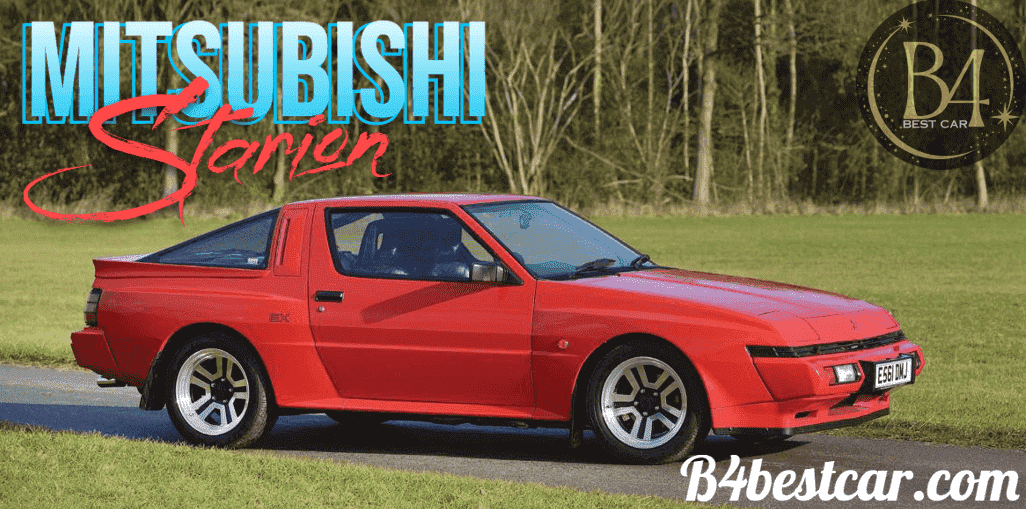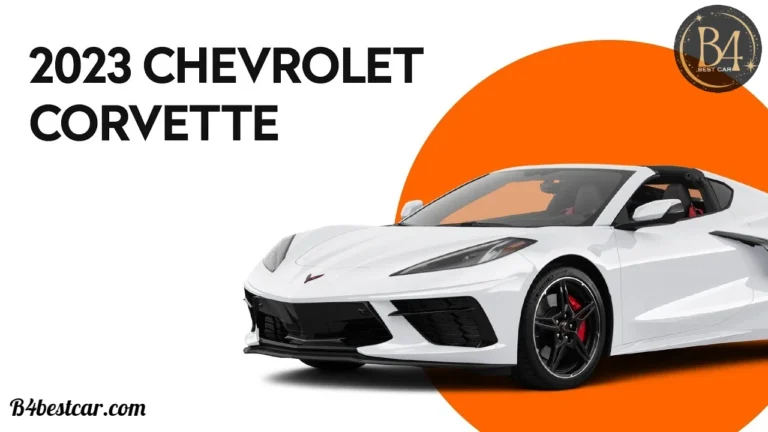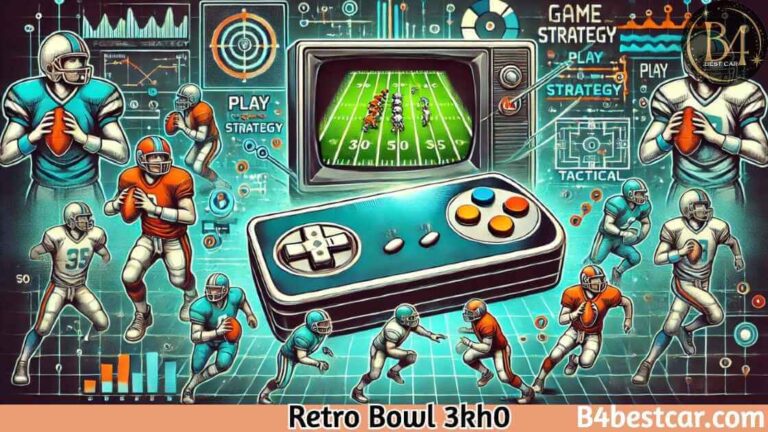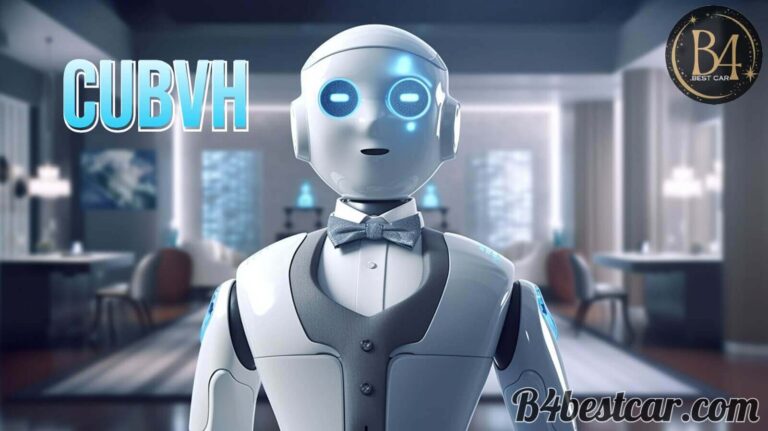Introduction
The Mitsubishi Starion is more than just a car; it symbolizes the 1980s automotive innovation and style.
With its turbocharged engine, rear-wheel drive, and sleek design, the Starion captured the hearts of enthusiasts and continues to be revered as a classic sports car.
This comprehensive guide delves into the history, design, performance, and lasting impact of the Mitsubishi Starion.
The Birth of the Mitsubishi Starion
Concept and Development
In the early 1980s, Mitsubishi aimed to create a vehicle that could compete with the leading sports cars of the era. The concept combined cutting-edge technology with an aggressive design, resulting in a car offering performance and style.
Market Launch
The Mitsubishi Starion was launched in 1982, first hitting the Japanese market before reaching the United States and Europe. It was marketed as a high-performance sports coupe, equipped with advanced features that set it apart from its competitors.
Initial Reception
Upon its release, the Starion received positive reviews for its powerful turbocharged engine and sporty handling. Enthusiasts appreciated its unique combination of performance, comfort, and affordability, making it a popular choice among sports car aficionados.
Mitsubishi Starion Design and Features
Exterior Design
The Starion’s design was heavily influenced by aerodynamics, featuring a sleek, low profile with pop-up headlights and a wide stance. These elements not only enhanced its visual appeal but also improved its aerodynamic efficiency, contributing to better performance.
With its sharp lines and aggressive styling, the Starion stood out in a crowd. The bold front fascia, flared wheel arches, and distinctive rear spoiler gave it a muscular and futuristic look that remains iconic today.
Interior Design
Comfort and Convenience
Inside, the Starion was designed with driver comfort in mind. The seats were supportive and adjustable, providing a comfortable driving experience even on long journeys. The layout of the controls was intuitive, allowing drivers to focus on the road.
Technological Innovations
The Starion was ahead of its time with features like digital instrumentation, power windows, and advanced climate control systems. These technological advancements provided a glimpse into the future of automotive design and functionality.
Read More: Fastest Car in the World: A Journey Through Speed
Mitsubishi Starion Engine and Performance
Engine Options
Turbocharged Variants
One of the most notable aspects of the Starion was its engine options. The turbocharged variants, particularly the 2.6-liter inline-four, were known for their impressive power output and responsiveness. These engines provided thrilling acceleration and top-end performance.
Non-Turbo Variants
Non-turbo variants were also available for those who preferred a more straightforward approach. These models offered a balanced blend of performance and reliability, catering to a broader range of drivers.
Performance Metrics
Speed and Acceleration
The turbocharged Starion could accelerate from 0 to 60 mph in just over six seconds, a remarkable feat for its time. Its top speed exceeded 140 mph, showcasing its capabilities as a true sports car.
Handling and Braking
With its rear-wheel-drive layout and well-tuned suspension, the Starion delivered exceptional handling. The precise steering and strong braking performance made it a joy to drive on winding roads and racetracks alike.
Mitsubishi Starion Variants and Special Editions
US Market Variants
In the United States, the Starion was offered in several variants, including the ES, ESI, and ESI-R. Each variant featured different levels of performance and equipment, catering to a wide range of customers.
European Market Variants
European buyers had access to unique variants of the Starion, often with different engine options and performance specifications. These models were tailored to meet the preferences and regulations of the European market.
Limited Editions
Over its production run, Mitsubishi released several limited-edition models of the Starion. These editions often featured exclusive paint colors, unique interior trims, and special badging, making them highly sought after by collectors.
Mitsubishi Starion vs. Competitors
Comparison with Toyota Supra
When compared to the Toyota Supra, the Starion held its own with a similar focus on turbocharged performance and rear-wheel drive. Both cars offered exhilarating driving experiences, but the Starion’s distinctive styling set it apart.
Comparison with Nissan 300ZX
The Nissan 300ZX was another key competitor, known for its advanced technology and smooth performance. While the 300ZX was praised for its refinement, the Starion’s raw power and aggressive design appealed to a different set of enthusiasts.
Comparison with Mazda RX-7
The Mazda RX-7’s rotary engine provided a unique driving experience, contrasting with the Starion’s traditional inline-four setup. Both cars had their loyal fans, but the Starion’s turbocharged punch and muscular appearance gave it a unique edge.
Mitsubishi Starion Ownership Experience
Driving Impressions
Owners often describe the Starion as a thrilling car to drive, with responsive handling and a powerful engine. Its turbocharged acceleration and rear-wheel-drive dynamics provide an engaging driving experience that few cars of its era can match.
Maintenance and Reliability
Maintaining a Starion requires attention to detail, especially given its age. However, many owners find the effort worthwhile, as the car’s mechanical simplicity and robust construction make it relatively easy to keep in good running order.
Collector’s Perspective
From a collector’s standpoint, the Starion is a desirable piece of automotive history. Its unique design, motorsports pedigree, and limited production numbers make it a valuable addition to any classic car collection.
Buying a Mitsubishi Starion Today
Market Value and Trends
The market value of the Mitsubishi Starion has steadily increased as more enthusiasts recognize its historical significance. Prices vary depending on the model, condition, and rarity, with pristine examples commanding a premium.
What to Look For
When buying a Starion, it’s important to check for rust, mechanical wear, and the condition of the turbocharger. A thorough inspection by a knowledgeable mechanic can help identify potential issues and ensure a sound purchase.
Common Issues and How to Avoid Them
Common issues with the Starion include turbocharger wear, electrical problems, and suspension wear. Regular maintenance and sourcing quality replacement parts can help mitigate these problems and keep the car running smoothly.
Conclusion
The Mitsubishi Starion remains a beloved classic, cherished for its distinctive design, impressive performance, and rich history.
For those lucky enough to own one, it offers a unique connection to an era of automotive excellence.
Whether you’re a collector, a restorer, or simply an enthusiast, the Starion continues to captivate and inspire.








